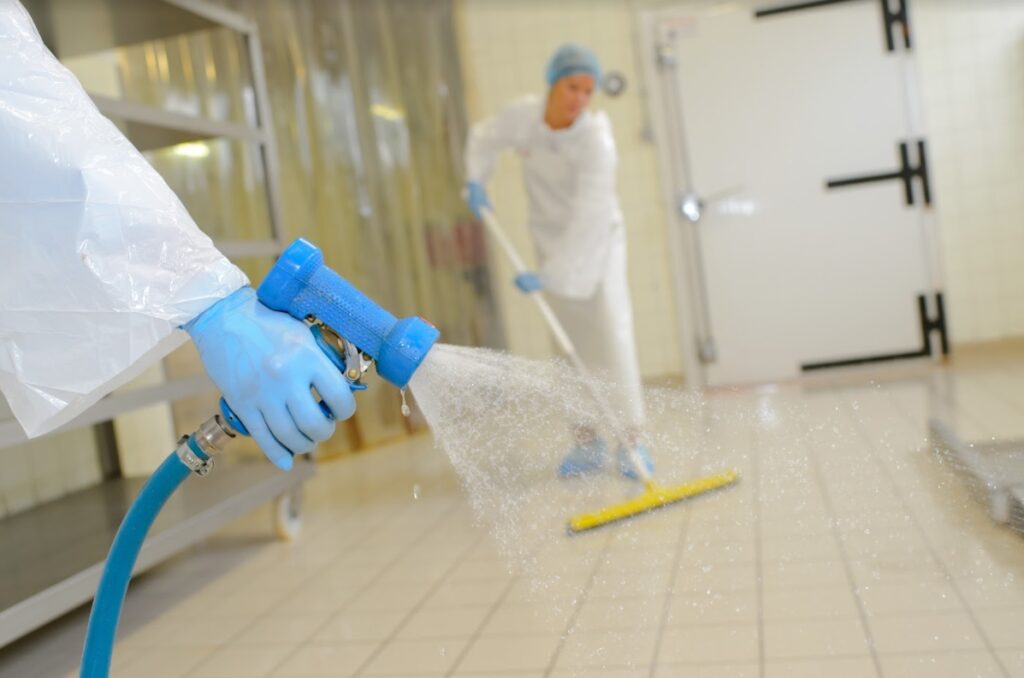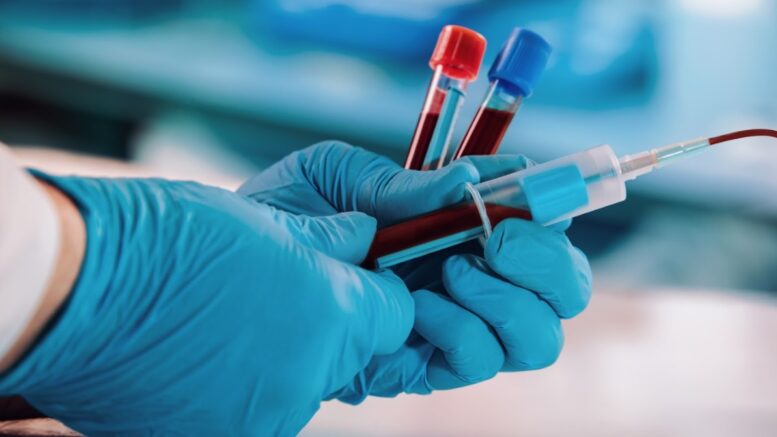COVID-19 has been in the spotlight for over two years now. That said, there are equally threatening pathogens that have been here since before COVID that people shouldn’t forget about— bloodborne diseases.
These bloodborne diseases have never been more pertinent than today as more and more people are now getting their COVID-19 vaccines. After all, bloodborne pathogens are infectious microorganisms found in blood and other bodily fluids, usually transmitted via infected syringes and needles. Other ways of infection include sexual transmission, IV drug use, or any contact with infected body fluid and blood.
That said, how do you protect yourself from the risk of bloodborne pathogens?
Undergo Training
Undertaking bloodborne training is the first step to protecting yourself in the workplace or environment where there may be a risk of infection from bloodborne pathogens.
Bloodborne pathogen training allows you to learn about bloodborne pathogens, prevention and transmission methods, OSHA’s standards, and the precaution you need to take.
Training courses also teach you how to use personal protective equipment (PPE) and what to do if you or anyone else has been exposed to blood and other potentially infectious materials (OPIM).
Once you understand everything about bloodborne pathogens and the risks associated with them, you can take all the practical steps to keep yourself safe.
Wear PPE
Because of the recent health crisis, we’ve all learned the importance of PPE to control the spread of viruses and pathogens. So, it only makes sense that it will also protect you against bloodborne pathogens.
In any situation where you are dealing with bodily fluids— whether drawing blood from a patient or assisting first aid of an injured co-worker— you need to wear the appropriate PPE based on the presented risk.
In general, wearing gloves should be the minimum requirement when working with blood and other bodily fluids. However, if working on risky medical procedures and more extreme situations, consider the following PPEs.
Eye protection and face shields help prevent blood from entering your body through your nose, mouth, and eyes. Meanwhile, a pocket mask can provide a layer of protection if you need to do CPR or mouth-to-mouth resuscitation.
Meanwhile, body PPEs such as aprons and gowns are most recommended for those working in hospitals to protect their clothing and body from BBPs. Contaminated clothing is also dangerous and a serious health hazard.
Always Wash Your Hands
Aside from using PPEs, handwashing is also one of the most effective ways to stay safe against bloodborne pathogens.
Handwashing should be a habit you need to develop, particularly if you’re working in an industry where there’s a high potential for exposure to blood or body fluids.
So, after working around blood and OPIM, remove your PPE and make sure to wash your hands thoroughly using antibacterial soap. If you can’t wash your hands right away, alcohol and hand sanitizer can be helpful. You can also use hand sanitizers and alcohol after washing your hands to maximize protection against bloodborne pathogens.

Practice Proper Disposal
This is a no-brainer—you need to properly dispose of contaminated materials, particularly your PPEs after using them. Observing the proper clinical waste disposal of PPEs is just as important as knowing how to properly use them.
In general, most PPEs are for one-time use only, as with face masks and gloves. Eye protection and face shields may be used several times, but you must clean these items thoroughly.
You also need to get rid of any materials which may have been contaminated with blood and other bodily fluids, especially if it is in your clothing.
Hospitals often provide the right place, containers, or storage area where you can dispose of disposable PPEs and potentially infectious waste or clean and decontaminate clothing and other materials.
If You’ve Been Exposed…
Now, despite all your precautions, if you think you’ve been exposed to potentially infectious blood or OPIM, here’s what you should do next.
First, you need to stay calm. After exposure, remove your PPEs and wash thoroughly. Report to your supervisor right away and tell them when, where, how, and whose blood or bodily fluid you came in contact with.
Also, make sure to seek medical attention right away. A healthcare professional should provide you with the right testing, treatment, and education.
Take Away
Bloodborne pathogens are dangerous, and exposure to even a tiny drop of infected blood or bodily fluids may cause infection. However, knowing how to protect yourself and preventing exposure to these pathogens can make a lot of difference in ensuring that you stay safe and healthy.
